5 Reasons To Protect Mangrove Forests For The Future
- August 15, 2024
- 0 comment
Mangrove forests are vital ecosystems that provide essential services to both the environment and human communities. From carbon sequestration to coastal protection and supporting biodiversity, the benefits of mangroves are immense. However, these unique habitats are facing unprecedented threats from human activities and climate change.
Mangrove Forest Why Are Mangroves Important?
Mangroves are crucial coastal ecosystems found in tropical and subtropical regions worldwide. These unique forests thrive in salty environments and serve as a critical buffer between land and sea. Their dense root systems help stabilize shorelines, reduce erosion from storm surges, waves, and tides, and enhance water quality by filtering pollutants and trapping sediments. Beyond their environmental role, mangroves are also biodiversity hotspots, providing habitat, nesting, and breeding grounds for a wide variety of marine and terrestrial wildlife, including fish, birds, and mammals.
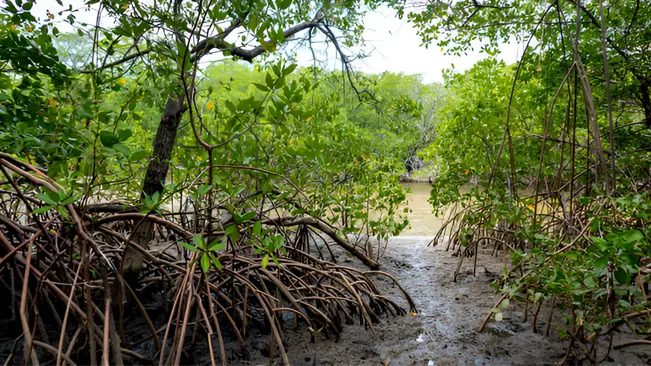
Moreover, mangroves are significant in the global carbon cycle. They sequester vast amounts of carbon dioxide, storing it in their biomass and soil, which makes them vital in combating climate change. Additionally, these ecosystems support the livelihoods of many communities through fisheries and tourism. Unfortunately, despite their importance, mangroves are disappearing at alarming rates due to deforestation, land development, and other environmental pressures. Protecting mangroves is not just about preserving an ecosystem; it’s about ensuring economic stability, food security, and resilience against climate impacts for future generations.
Threats To Mangroves
Preserving mangrove forests is vital for both environmental and economic reasons. Key threats include shrimp farming, which damages ecosystems through aquaculture practices, and tourism, which, despite its economic benefits, often leads to plastic pollution. Coastal development also threatens these areas by diminishing natural surfaces that filter pollutants, though bio-retention cells can mitigate this by treating runoff water.
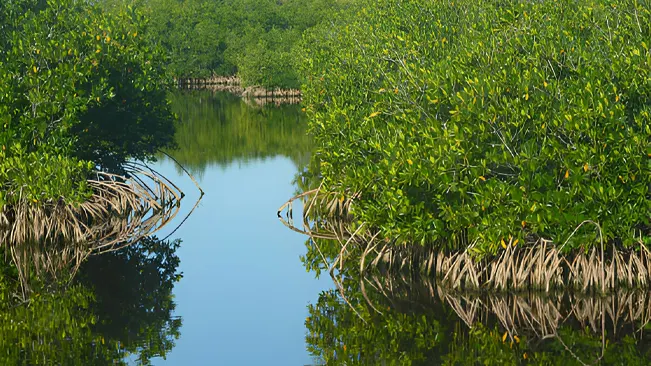
Additionally, industrial activities like charcoal production and phosphorus mining degrade mangroves by polluting water bodies. Efforts to conserve mangroves include donations for replanting initiatives and targeted clean-up campaigns to remove plastic waste, ensuring the health and sustainability of these critical ecosystems.
5 Reasons To Protect Mangrove Forests
1. They are a Natural Coastal Defense
Mangrove forests are not only unique for their ability to thrive in saline coastal environments but are also critical for their natural protective functions. The complex root systems of mangrove trees are remarkably effective at forming barriers against the destructive forces of violent storm surges and floods. These roots stabilize the shoreline and trap river and land sediments, which helps to maintain coastline integrity and reduces erosion. Furthermore, the filtration process carried out by these roots is vital for preventing the transport of harmful sediments to delicate marine ecosystems such as coral reefs and sea grass meadows, which are crucial for biodiversity and the fishing industry.
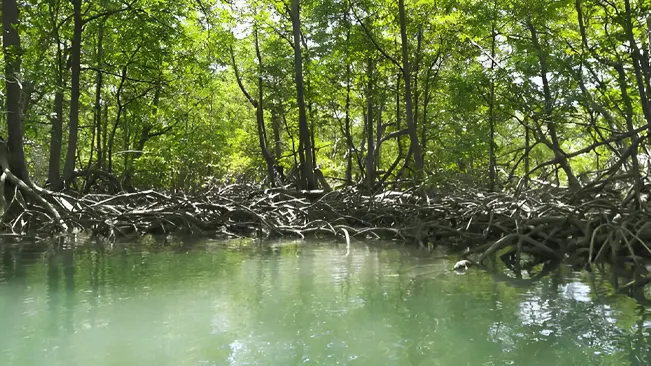
The significance of mangroves extends to global climate change mitigation efforts. According to data highlighted during the 2017 UN Ocean Conference, nearly 2.4 billion people, or approximately one-third of the world’s population, live within 100 kilometers of a coastline. These populations are increasingly vulnerable to the impacts of climate change, including sea-level rise and more intense and frequent weather events like hurricanes and typhoons. Mangroves serve as a first line of defense for these coastal communities, helping to buffer the impacts of these environmental changes. Their role is becoming increasingly crucial as climate-related threats intensify, highlighting the need for concerted conservation efforts to protect and restore these invaluable ecosystems.
2. They are Carbon Sinks
Coastal mangrove forests play a pivotal role in the global battle against climate change by efficiently removing carbon dioxide from the atmosphere. The majority of this carbon is sequestered within the plants themselves—including the roots, branches, and leaves. When these parts of the mangrove die, they are typically enveloped by soil, which is then submerged under tidal waters. This submersion slows the decomposition of organic materials, significantly enhancing the storage of carbon within these ecosystems.
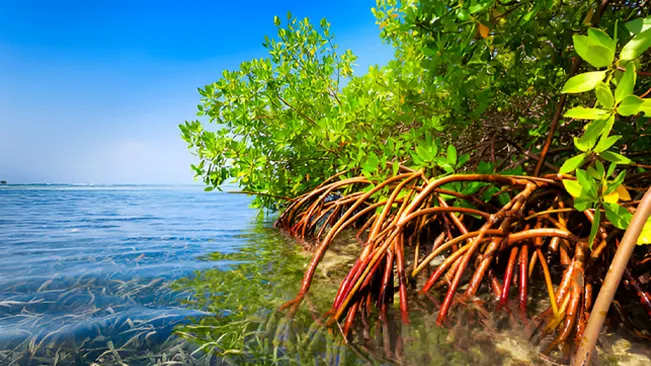
Studies underscore the exceptional ability of mangroves to store carbon compared to other forest types. Research examining 25 mangrove sites across the Indo-Pacific region revealed that, on a per-hectare basis, mangroves can store up to four times more carbon than even tropical rain forests, which are themselves known for high carbon sequestration capacities. This remarkable efficiency is largely due to the anaerobic (oxygen-poor) conditions created by tidal waters, which greatly slow down the decay process, allowing mangroves to act as substantial carbon sinks. This function is increasingly crucial as the world seeks to mitigate the effects of greenhouse gases and global warming, highlighting the need to preserve and restore these vital ecosystems.
3. They Provide Livelihoods
Mangroves are not only vital for environmental health but also form the backbone of many local economies. People living in proximity to mangroves heavily depend on these forests for their livelihoods in several ways. The wood from mangrove trees is especially valued for its durability and natural resistance to decay and pests, making it an excellent material for construction and fuel. However, this demand has led to over-harvesting in some regions, where mangrove wood is commercially extracted for pulp, wood chips, and charcoal production. This raises significant sustainability concerns as it can lead to the degradation of these critical habitats.
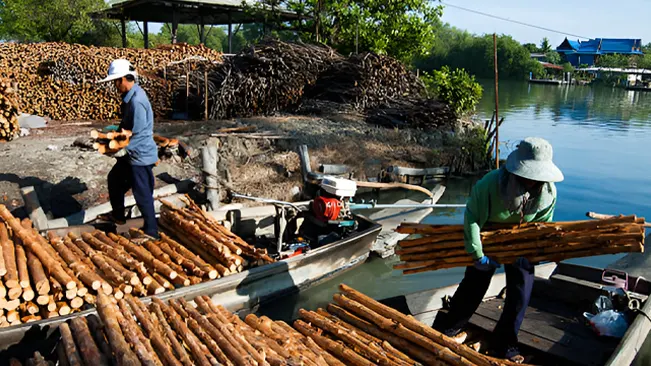
Beyond timber, mangrove ecosystems are rich in other natural resources. Locals often harvest plant extracts from these forests, which are reputed for their medicinal properties, treating a variety of ailments. Additionally, the leaves of mangrove trees are frequently used as animal fodder, providing an essential resource for livestock feeding. The waters surrounding mangrove forests are teeming with biodiversity, offering abundant fishing opportunities. Local communities rely on these waters for a steady supply of fish, crabs, and shellfish, which are crucial for both subsistence and commercial purposes. The economic activity generated by mangrove-based fisheries is a cornerstone for many coastal communities, underscoring the need to manage these resources sustainably to ensure they continue to provide for future generations.
4. They Encourage Ecotourism
Sustainable tourism presents a valuable opportunity to both preserve existing mangrove areas and provide a source of income for local communities. Mangrove forests, often situated near coral reefs and pristine sandy beaches, offer a unique and appealing environment for a range of Eco-friendly activities. These activities include sport fishing, kayaking, and bird watching tours, all of which attract tourists looking for authentic and nature-based experiences. This not only helps in promoting the natural beauty of these areas but also educates visitors about the ecological importance of mangroves.

Balancing tourist visits with the protection of mangrove ecosystems is essential. Managing the influx of visitors is crucial to avoid habitat disruption, pollution, and environmental stress. Sustainable tourism practices and effective management can support conservation without harming the environment. If properly implemented, ecotourism can promote the protection of mangrove forests, preventing their conversion into mass tourism sites that require extensive clearing and construction. This sustainable approach allows local communities to benefit economically while preserving their natural heritage, ensuring the ongoing health and biodiversity of mangrove ecosystems.
5. They are Rich in Biodiversity
Human activity has significantly impacted biodiversity in both terrestrial and marine ecosystems worldwide, leading to the endangerment of numerous plant and animal species. Mangrove forests, which play a critical role in filtering coastal waters, are essential in maintaining biodiversity. These ecosystems act as nutrient-rich breeding grounds that support a diverse array of life, both above and below the waterline. Mangrove forests are particularly vital for their biological diversity. They provide habitat for a wide range of wildlife, including numerous species of fish, crabs, and shrimp, as well as mollusks and mammals such as sea turtles. Above the water, these trees offer shelter and breeding grounds for an array of bird species, including both residents and migratory populations. When these forests are cleared, whether for development or other human activities, it results in the loss of these valuable habitats and poses a severe threat to the survival of these species.
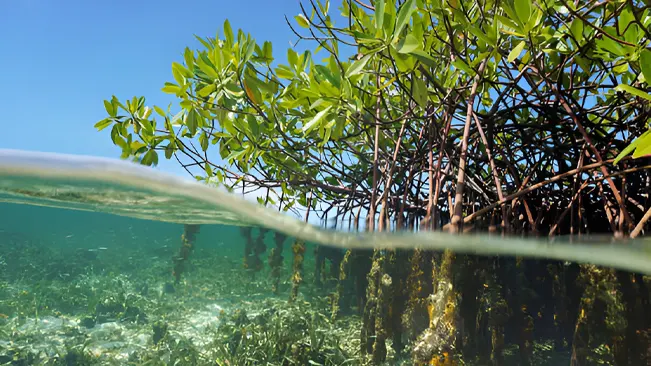
Furthermore, mangroves are not just crucial for their ecological roles; they are also treasure troves of potential scientific and medical resources. These forests may contain undiscovered biological materials with significant benefits for humanity, such as antibacterial compounds and genes resistant to pests. The loss of mangrove areas due to clearing not only diminishes the immediate biodiversity but also reduces the opportunity to explore and utilize these potential natural resources. Thus, preserving mangroves is imperative not only for maintaining ecological balance but also for safeguarding these untapped resources that could contribute to scientific advancements and human well-being.
Conclusion
In conclusion, mangrove forests are critical ecosystems that offer invaluable benefits to both the environment and human communities. Their role in protecting coastal areas from erosion, supporting marine biodiversity, and storing vast amounts of carbon cannot be overstated. However, they face significant threats from industrial development, pollution, and unsustainable tourism practices. It is imperative that efforts to preserve and restore these vital habitats are intensified. Through sustainable management, community engagement, and global conservation initiatives, we can ensure that mangrove forests continue to thrive. Protecting these ecosystems is not just about conserving nature; it’s about securing a resilient and sustainable future for generations to come.
FAQs
- What are mangrove forests?
Mangrove forests are coastal wetlands found in tropical and subtropical regions, characterized by salt-tolerant trees and shrubs that grow in inter tidal zones. - Why are mangrove forests important?
Mangrove forests are crucial for coastal protection, carbon storage, and supporting biodiversity. They protect shorelines from erosion and storm surges, sequester carbon dioxide to help mitigate climate change, and provide habitat for a wide range of marine and terrestrial wildlife. - How do mangrove forests benefit local communities?
Local communities benefit from mangrove forests through fisheries, wood for fuel and construction, and ecotourism opportunities, all of which contribute to their livelihoods and economic stability. - What threats do mangrove forests face?
Mangrove forests are threatened by deforestation for agricultural and urban development, pollution, over fishing, and the impacts of climate change, such as rising sea levels and increased storm intensity. - How can mangrove forests be protected?
Protection strategies include creating protected areas, restoring damaged forests, regulating and reducing nearby pollution, and promoting sustainable practices among local industries and communities. - What role does ecotourism play in protecting mangrove forests?
Ecotourism can provide economic incentives for local communities to preserve mangrove forests by showcasing their natural beauty and ecological value, thus promoting conservation over destructive development practices. - Can mangrove forests adapt to climate change?
While mangroves are somewhat adaptable to changes in sea levels and temperatures, their survival is threatened by rapid or extreme changes. Conservation and restoration efforts are vital to enhancing their resilience against climate change. - How does protecting mangrove forests contribute to global environmental goals?
Protecting mangroves contributes to global goals such as biodiversity conservation, climate change mitigation, and sustainable development by preserving critical habitats, storing carbon, and supporting sustainable livelihoods. - What research is being done on mangrove forests?
Ongoing research on mangrove forests includes studies on their carbon sequestration capabilities, resilience to climate change, and the discovery of new medicinal resources within their ecosystems. - How can individuals help protect mangrove forests?
Individuals can help by supporting organizations dedicated to mangrove conservation, promoting awareness about the importance of mangroves, participating in local restoration projects, and advocating for policies that protect these vital ecosystems.

Joel Cunningham
Forestry AuthorI'm Joel Cunningham, an expert in pruning and weed management with over a decade of experience. My skills are rooted in formal training and extensive practice, focusing on advanced pruning techniques and efficient weed control. I'm known for my quality work, precision, and deep understanding of plant health and soil dynamics. My contributions extend to educational initiatives where I share sustainable practices and advice, establishing myself as a reliable and authoritative figure in the gardening community.


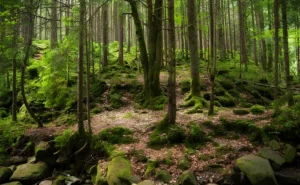

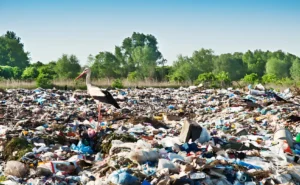

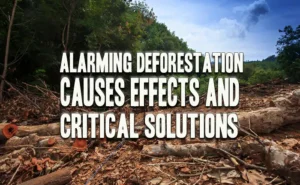
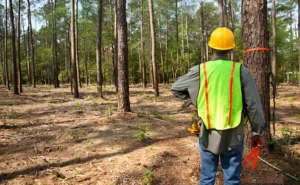
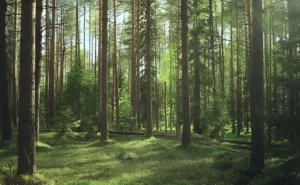



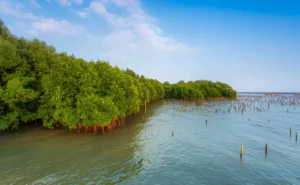
Leave your comment